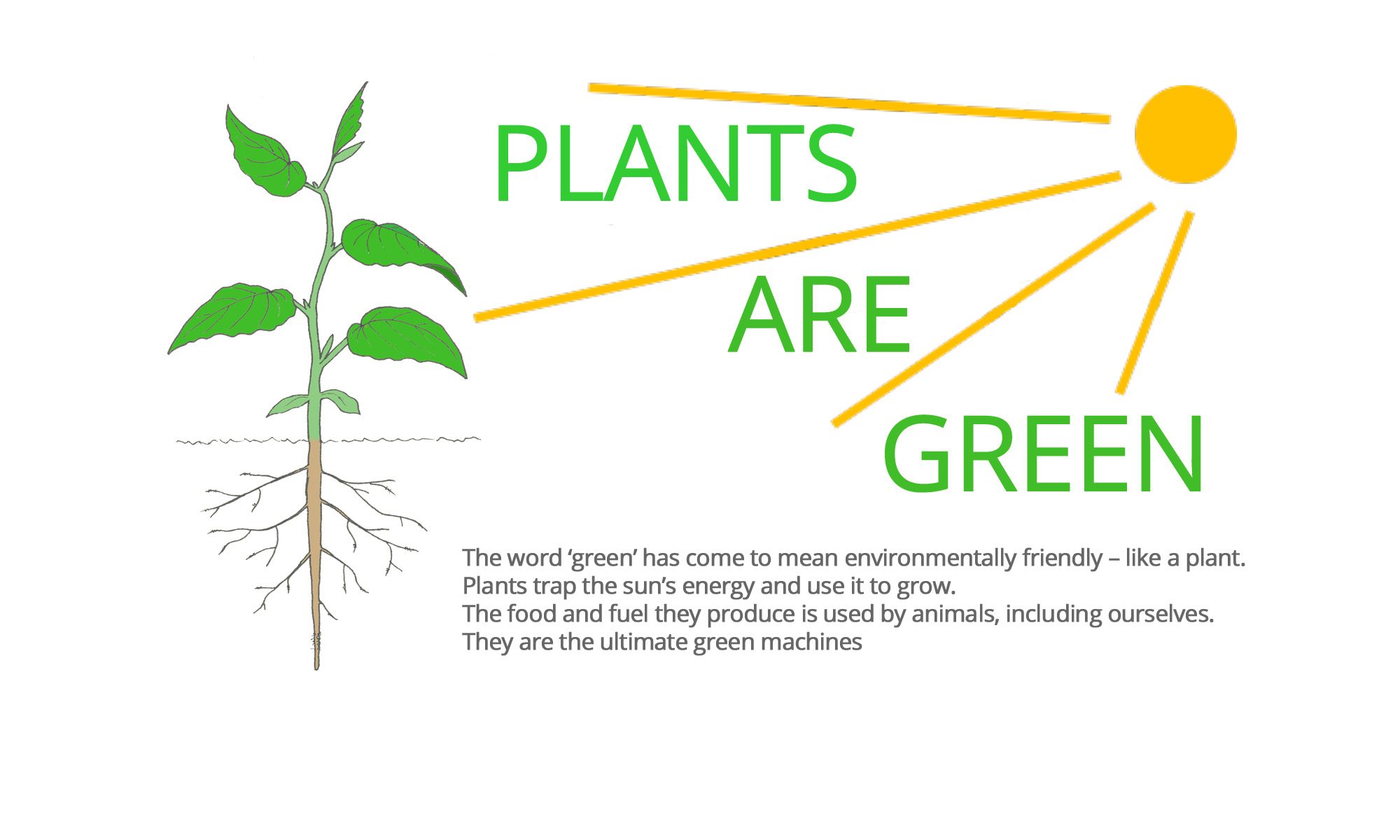This on-line course is all about plants, from photosynthesis through plant growth, adaptations to the environment, self-defence and attraction of pollinators, to plant communities. Terminology is kept to a minimum and details that are not essential to the theme are omitted. There are associated practical exercises to be carried out in the kitchen, garden and countryside, the results of which are reported on-line and checked by a tutor. No grades are given but a Certificate of Completion is awarded when all the practical results and observations have been submitted. See Introduction and Course contents.
Who is it for and what is the level?
Anyone interested in the biology of plants, including teachers, field botanists, ecologists and gardeners, who has not had the benefit of a formal botanical education.
No previous botanical knowledge is necessary although a basic understanding of words like cell and molecule is assumed. Plants are not simple and many of their life processes are very complicated but they are explained from first principles, in straightforward language without jargon or unnecessary detail and with plenty of illustrations. See Sample units and practical exercises
Timings
The course runs on a one-year cycle ending on 30th September, which is the final submission date for the practical work. Enrolment is possible on any date between 1st October and 31st March.
The theory units are all accessible once enrolment has been completed and can be studied at any time, although it is essential to take them in numerical sequence. Some of the practical exercises can be undertaken at any time of year, provided that the relevant course unit has been studied. Others must be carried out during the growing season because they involve observations of outdoor plants, wild or cultivated.
Ideally the course will be followed during the spring/summer with the practical work being undertaken along with the relevant theory units. This may not be possible for people with a heavy workload during the summer. It is for this reason that there is an extended enrolment period making it possible to complete a substantial amount of the work during the winter. All the practical exercises are clearly marked with their timings. Most of the practical work could be done with the help of children and the final observations, which have to be left until the end of the course, could be made anywhere where the vegetation is similar to that of the UK and Ireland.
How much study time is required?
About 2 hours should be allowed for each of the 10 theory units, but complete beginners with no previous knowledge of general science or biology should allow more.
As for the practical exercises, a precise answer is impossible because they are very varied. In Set 1, the first indoor exercise will probably take half a day. Others require an hour or two to set up followed by brief observations at intervals during the following days or weeks. The later exercises in Set 1, and all exercises in Set 2 involve walks and observation time, maybe just around the garden or park, or sometimes further. The exercises in Set 3 involve visits to two different woodland sites, two different grasslands and one other site. These could involve anything from an hour or two spent observing a small copse or a garden lawn, to a whole day’s outing to an ancient wood or nature reserve.
How much does it cost and what do I need?
The course fee is £100
The only essential equipment is a x10 hand-lens which can be purchased quite cheaply on-line. See buying and using a hand-lens. Two or three packets of seeds and flower pots will also be required and a field notebook. All other materials will be found in the average kitchen.
The course is delivered entirely on-line so basic IT skills are essential. A good, reliable internet connection is necessary and a device on which you are able to interact with the course. A tablet or laptop/desktop computer would be preferable as these have larger screens that enable you to read the course material, appreciate the pictures and complete the assignments.
